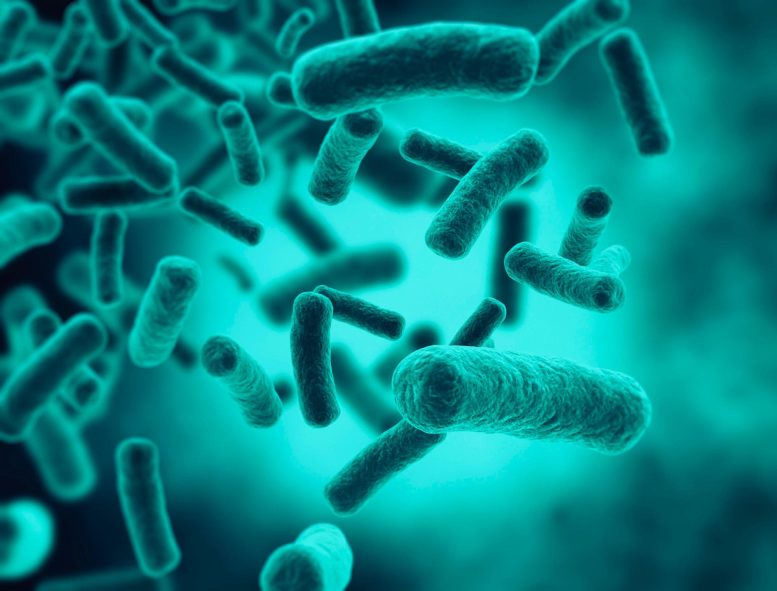
A study conducted by researchers from Florida Atlantic University and various international institutions has revealed that Vibrio bacteria, which can cause deadly human diseases, can quickly stick to and potentially adapt to plastic marine debris and Sargassum, a rapidly expanding type of seaweed found in the Sargasso Sea and beyond. This study, the first to assemble a Vibrio spp. genome from plastic debris, emphasizes the potential health risks associated with increased human interaction with Sargassum and plastic marine debris, and the researchers urge caution regarding the harvest and processing of Sargassum biomass until the risks are thoroughly investigated.
Genomics study in the Caribbean and Sargasso Seas signifies the first assembly of vibrio bacteria sourced from plastic waste.
Recent research has unveiled how the interaction among Sargassum species, plastic marine waste, and Vibrio bacteria creates the perfect “pathogen” that poses threats to marine biodiversity and public health. Vibrio bacteria, commonly found in global waters, are the leading cause of marine-related human fatalities. For instance, Vibrio vulnificus, often known as the flesh-eating bacteria, can cause severe foodborne illnesses from consuming seafood and can lead to infections and death from open wounds.
From 2011 onwards, there’s been a notable increase in the presence of Sargassum, a type of free-living brown macroalgae, in the Sargasso Sea and other open ocean areas like the Great Atlantic Sargassum Belt, with regular and unusual seaweed accumulation events occurring on beaches. Additionally, plastic marine waste, initially discovered in the surface waters of the Sargasso Sea, has emerged as a global concern due to its longevity, persisting for decades longer than natural substrates in the marine ecosystem.
Currently, little is known about the ecological relationship of vibrios with Sargassum. Moreover, genomic and metagenomic evidence has been lacking as to whether vibrios colonizing plastic marine debris and Sargassum could potentially infect humans. As summer kicks into high gear and efforts are underway to find innovative solutions to repurpose Sargassum, could these substrates pose a triple threat to public health?
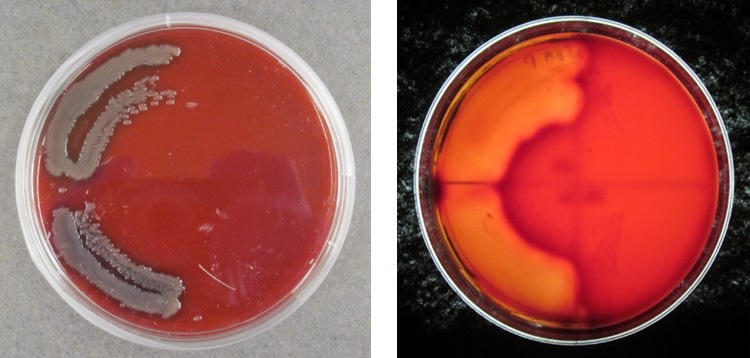
(Blood agar test on the left; β hemolysis phenotype on the right): More than 40 percent of plastic derived Vibrio isolates displayed hemolytic activity, consistent with pathogenic potential. Credit: Tracy Mincer, Florida Atlantic University
Researchers from Florida Atlantic University and collaborators fully sequenced the genomes of 16 Vibrio cultivars isolated from eel larvae, plastic marine debris, Sargassum, and seawater samples collected from the Caribbean and Sargasso seas of the North Atlantic Ocean. What they discovered is Vibrio pathogens have the unique ability to “stick” to microplastics and that these microbes might just be adapting to plastic.
“Plastic is a new element that’s been introduced into marine environments and has only been around for about 50 years,” said Tracy Mincer, Ph.D., corresponding lead author and an assistant professor of biology at FAU’s Harbor Branch Oceanographic Institute and Harriet L. Wilkes Honors College. “Our lab work showed that these Vibrio are extremely aggressive and can seek out and stick to plastic within minutes. We also found that there are attachment factors that microbes use to stick to plastics, and it is the same kind of mechanism that pathogens use.”
The study, published in the journal Water Research, illustrates that open ocean vibrios represent an up-to-now undescribed group of microbes, some representing potential new species, possessing a blend of pathogenic and low nutrient acquisition genes, reflecting their pelagic habitat and the substrates and hosts they colonize. Utilizing metagenome-assembled genome (MAG), this study represents the first Vibrio spp. genome assembled from plastic debris.
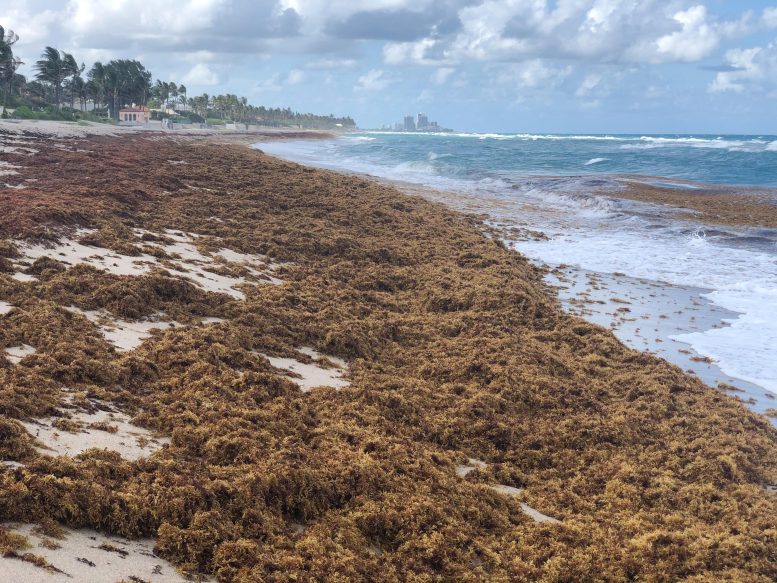
Some cultivation-based data show beached Sargassum appear to harbor high amounts of Vibrio bacteria. Credit: Brian Lapointe, FAU Harbor Branch
The study highlighted vertebrate pathogen genes closely related to cholera and non-cholera bacterial strains. Phenotype testing of cultivars confirmed rapid biofilm formation, hemolytic and lipophospholytic activities, consistent with pathogenic potential.
Researchers also discovered that zonula occludens toxin or “zot” genes, first described in Vibrio cholerae, which is a secreted toxin that increases intestinal permeability, were some of the most highly retained and selected genes in the vibrios they found. These vibrios appear to be getting in through the gut, getting stuck in the intestines, and infecting that way.
“Another interesting thing we discovered is a set of genes called ‘zot’ genes, which causes leaky gut syndrome,” said Mincer. “For instance, if a fish eats a piece of plastic and gets infected by this Vibrio, which then results in a leaky gut and diarrhea, it’s going to release waste nutrients such nitrogen and phosphate that could stimulate Sargassum growth and other surrounding organisms.”
Findings show some Vibrio spp. in this environment have an ‘omnivorous’ lifestyle targeting both plant and animal hosts in combination with an ability to persist in oligotrophic conditions. With increased human-Sargassum-plastic marine debris interactions, associated microbial flora of these substrates could harbor potent opportunistic pathogens. Importantly, some cultivation-based data show beached Sargassum appear to harbor high amounts of Vibrio bacteria.
“I don’t think at this point, anyone has really considered these microbes and their capability to cause infections,” said Mincer. “We really want to make the public aware of these associated risks. In particular, caution should be exercised regarding the harvest and processing of Sargassum biomass until the risks are explored more thoroughly.”
Reference: “Sargasso Sea Vibrio bacteria: underexplored potential pathovars in a perturbed habitat” by Tracy J. Mincer, Ryan P. Bos, Erik R. Zettler, Shiye Zhao, Alejandro A. Asbun, William D. Orsi, Vincent S. Guzzetta and Linda A. Amaral-Zettler, 3 May 2023, Water Research.
DOI: 10.1016/j.watres.2023.120033
Study co-authors represent the NIOZ Royal Netherlands Institute for Sea Research, the Japan Agency for Marine-Earth Science and Technology, the Ludwig Maximilian University of Munich, Germany, Emory University, the University of Amsterdam and the Marine Biological Laboratory.
This research was supported by the National Science Foundation (NSF) (grant OCE-1155671 awarded to Mincer), FAU World Class Faculty and Scholar Program (awarded to Mincer), NSF (grant OCE-1155571 awarded to Linda A. Amaral-Zettler, Ph.D., corresponding author, NIOZ), NSF (grant OCE-1155379 awarded to Erik R. Zettler, Ph.D., co-author, NIOZ), NSF TUES grant (DUE-1043468 awarded to Linda Zettler and Erik Zettler).

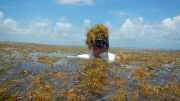

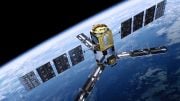
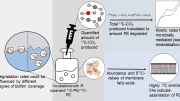
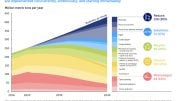
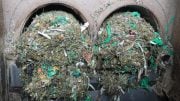
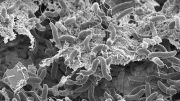
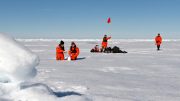
I would like to see an address concerning the great lakes pathogens report, estimated tons of plastic debris and solutions for several kinds of annoyances and critical species that have been loosed in them such as Asian Carp, Rusty Crayfish, Gobies and other such invasive species that disrupt the food chain for native kinds of marine life in the great lakes regions. Water quality and algae should also be inspected so it could be treated with current systems of eradication. I would personally lead the effort if I had funding and resources.
Fish ponds are the way to go ,to protect the food chain.
Clearly this rag is prepping you for the disruption planned for the 2024 election cycle. I hope you are smarter than these fools people